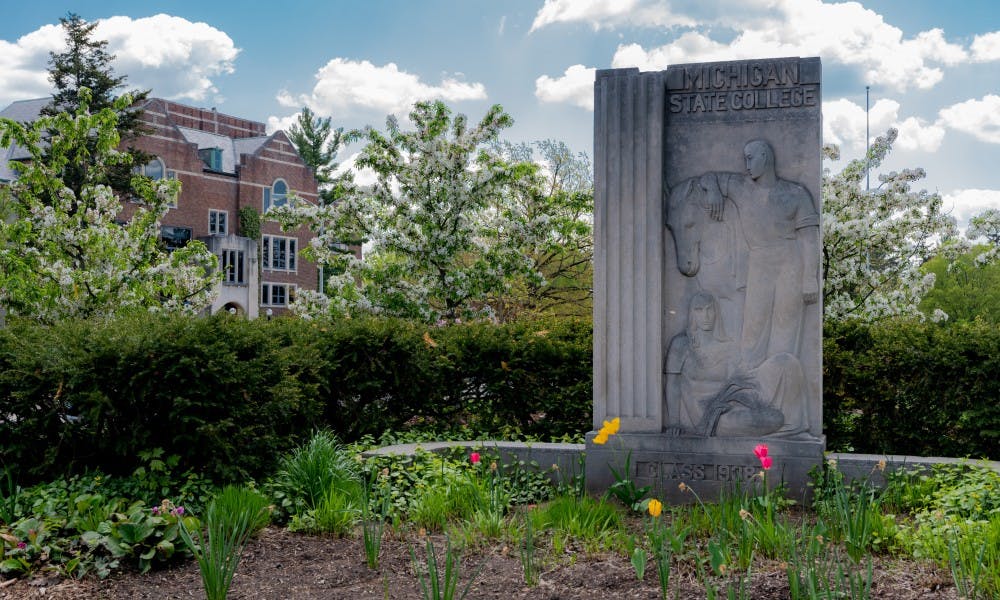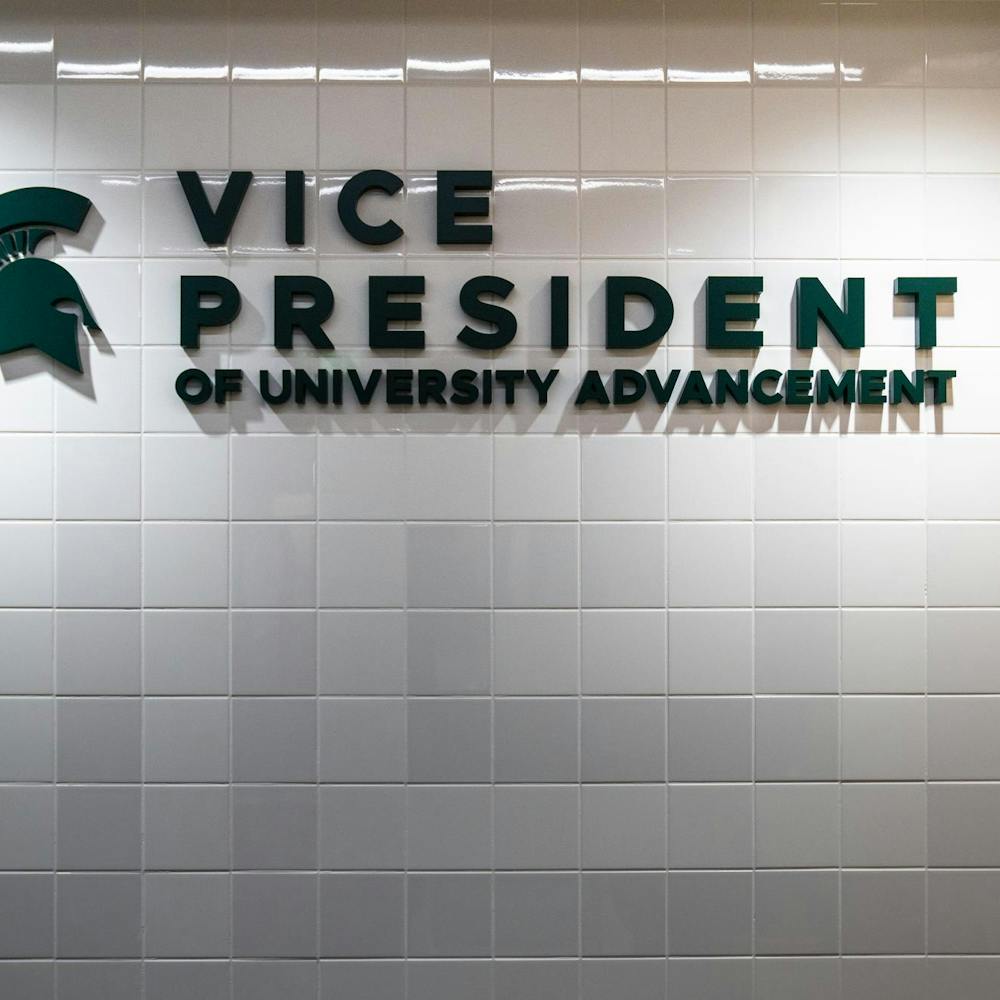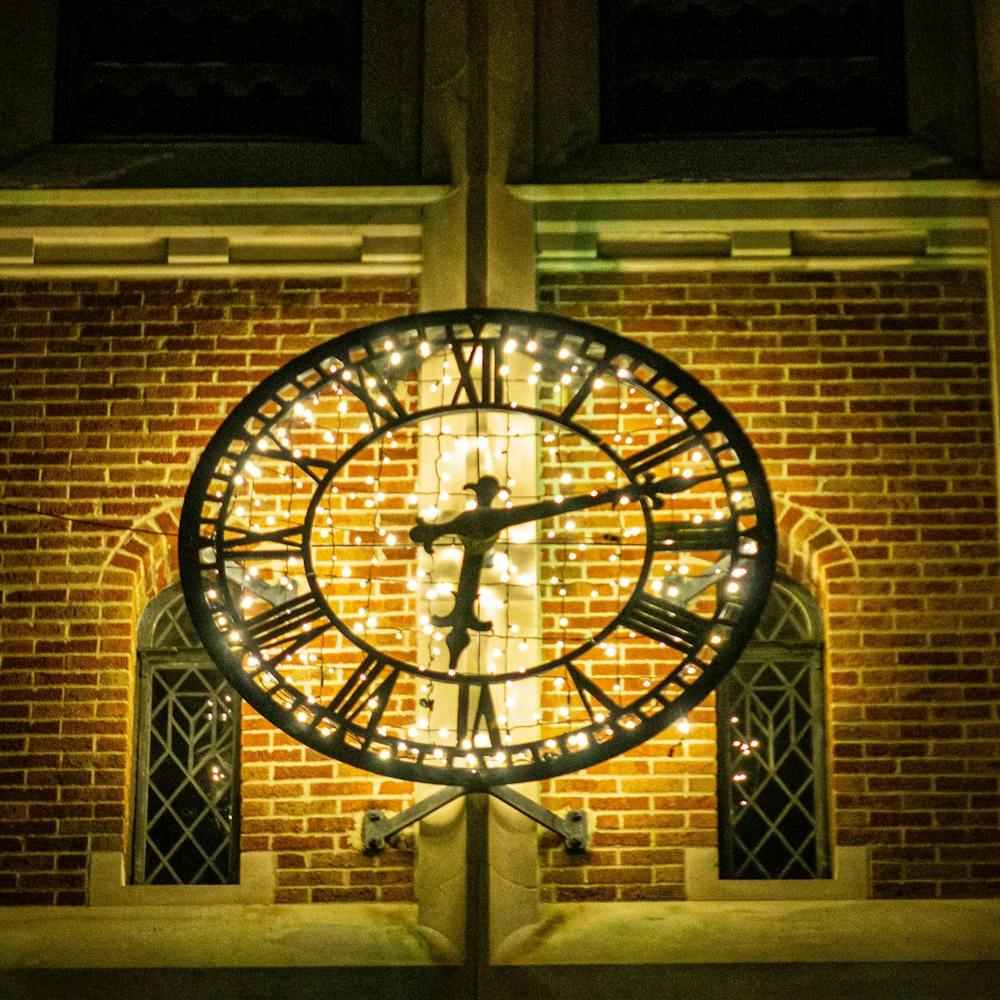On March 11, MSU President Samuel L. Stanley Jr. announced that the university would be transitioning to online instruction after the surfacing of the state’s first cases of COVID-19. Other colleges and universities in Michigan soon followed.
Oakland University, in Rochester, Michigan was the first public university in the state to announce their plans for the fall semester.
OU is taking the hybrid approach, planning to hold some in-person and remote instruction, according to an announcement from their president, Ora Hirsch Pescovitz, on April 24.
Since then, several other schools in Michigan have announced their plans as well. Public universities, such as Central Michigan, Eastern Michigan, Ferris State, Grand Valley, Lake Superior State, Michigan Technological, Northern Michigan, and private colleges such as Adrian, Albion, Alma, Calvin, and Hillsdale, have all announced their plans to open campuses in the fall.
However, Jackson College and some smaller colleges in the state have announced they are remaining online.
Official plans for the fall have not yet been announced from University of Michigan, Wayne State University and Western Michigan.
Student enrollment and reopening plans
Prior to MSU’s announcement, the largest school in Michigan to announce their plans to return to campus was Central Michigan University in Mount Pleasant, which had 19,431 students in the fall 2019 semester according to their official enrollment statistics.
When many were questioning whether MSU and the large schools in the state could reopen, CMU was the closest comparison.
CMU announced their plans to have students on campus this fall in an email from their president Bob Davies sent to students May 11.
The email outlined the importance of safety and some of the measures they will conduct when students return.
Their residential halls will be reducing occupancy rates and establishing areas to immediately isolate and quarantine individuals who exhibit symptoms of COVID-19.
Campus dining will adapt to practices to comply with updated practices for safe food service, and maintenance will be adapting practices for cleaning and disinfecting across campus.
Additionally, health officials will continue to guide the plans related to health screening and testing. However, the manner in which they plan to hold classes has yet to be specified.
On June 1, students received an email that their semester would begin on Aug. 17 and end Nov. 25.
Similarly, MSU's finalized decision has classes both in-person and online instruction components beginning on Sept. 2 as scheduled, and the university plans to end all in-person instruction Nov. 25. Final exams and the remaining three weeks of the semester will be remote. Students will then have the option of returning home for Thanksgiving or remaining on campus for the remainder of the semester.
The arrangement of the semester was designed to address epidemiologic models that suggest a potential resurgence in COVID-19 cases in December and to give students the opportunity to return to their permanent residences before peak influenza season.
Support student media!
Please consider donating to The State News and help fund the future of journalism.
To reach this decision, MSU implemented a Reopening Campus Task Force to develop and review multiple plans for deciding when and how campus activities can resume and students can return to campus. Executive Vice President for Health Sciences Norman Beauchamp and University Physician David Weismantel are the chairs of MSU's task force.
Stanley and Interim Provost Teresa Sullivan hosted a webinar Friday for returning students, specifying some of the social distancing aspects that will be implemented on campus, including no cash payments, 50% capacity in dining halls, areas for social distancing and small classes held in much larger rooms.
Infrastructure Planning and Facilities, or IPF, has been taking measures preparing for students' return to campus.
IPF Custodial Services has been performing basic cleaning at least weekly in buildings that were closed in additon to the buildings that remain open, they have also purchased additional disinfecting equipment to clean areas more efficiently. Employees have had strict daily health screening, as well as implemented social distancing and other safety measures.
Looking into their reopening own plans, U-M is seeking input from students in these reopening school scenarios.
Two engineering students proposed the COVID-19 Campus Challenge, where U-M students can sign up for a challenge project topic to work together in teams to develop ideas on how to safely return students with the help of mentors. The topics include housing, transportation, food Insecurity, mental health, cocurricular and diversity, equity and inclusion.
After the challenge is over, a panel of judges will look over the ideas and teams with the selected projects will have the opportunity to work with administrators to help implement their proposed changes before fall 2020.
Populations and coronavirus impact
The precautions schools are implementing are not necessarily mirroring each other since the safety measures will vary from school to school, city to city, and county to county, as the virus has affected areas of Michigan differently.
CMU is located in Mount Pleasant in Isabella county, which has an estimated population of 69,872. U-M is in Ann Arbor in Washtenaw county which has a population of 367,601 and MSU is in East Lansing in Ingham county that has a population of 292,406, according to 2019 estimates from the U.S. Census Bureau.
Additionally, the proportion of students in these areas is different too. Through the student population density, you can see how many students there are in each city per square mile. Mount Pleasant is 7.74 square miles, Ann Arbor is 27.83, and East Lansing is 13.59, according to the U.S. Census Bureau.
With the student population density in mind, take a look at the cases of COVID-19 in the three counties.
Financial impact
MSU, U-M and CMU have all faced the financial implications of the coronavirus.
CMU has not specified their financial revenue losses, but the impact can be seen through such decisions as their decision to discontinue their men's track and field program, which was made amid looming, university-wide budget cuts.
U-M anticipates losses of $400 million to $1 billion by the end of the calendar year amongst their Ann Arbor, Dearborn and Flint campuses and Michigan Medicine. Their revenue for 2019 was $9.972 billion according to U-M’s 2019-2020 budget detail. Their Ann Arbor campus makes up 96.65% of their total revenue. They have not announced potential losses for next year.
MSU has estimated losses of $50 to $60 million for the 2020 fiscal year, which ends on June 30 and an additional $150 to $300 million the following year. MSU had an estimated $1.449 billion in revenues for the 2019-2020 fiscal year, according to the 2019-2020 budget overview.
President Stanley and U-M President Mark S. Schlisse are both taking a 10% pay cut.
The U-M Dearborn and Flint chancellors have volunteered to reduce their salaries by 10% as well, and the remaining executive officers, chief diversity officer, and athletic director have volunteered to reduce their salaries by 5%. Ann Arbor deans not covered by the executive officer cuts have decided collectively to personally donate funds that will provide support for student and staff emergency needs, according to a letter to the community from Schlisse.
MSU executives will be taking a 3 to 7% cut, according to the MSU coronavirus website.
MSU and U-M have both announced a hiring freeze with some exceptions. U-M has temporarily implemented two voluntary programs for regular staff in non-critical operations that require unity approval. MSU administration has reached agreements with the Administrative Professional Association labor union and negotiations with MSU's other unions are ongoing. Proposals discussing faculty and academic staff compensation are being finalized.
Both schools have suspended university-sponsored travel, MSU indefinitely, and U-M until June 30.
Although MSU has made the call, community members are still waiting for a formal decision from U-M and the other Michigan schools.
The next question is what happens for the spring 2021 semester.
Discussion
Share and discuss “How MSU's reopening plans compare to other Michigan universities” on social media.








